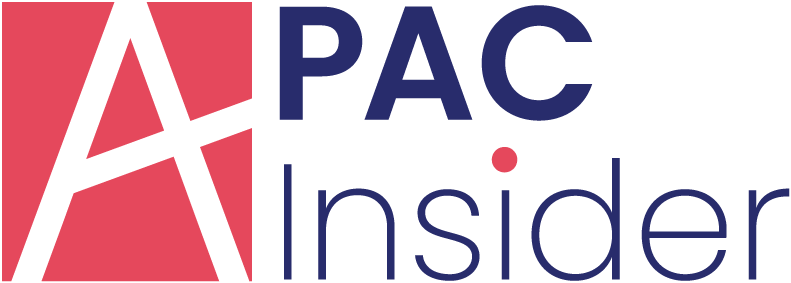
Invoice management has become more complicated due to the many formats and programs freelancers use to process payments.
While variety is often an excellent thing for a business, your financial department will start to stagnate if you don’t streamline the invoice management process. In this article, we’ll teach you how to get a handle on your invoicing.
Keep Your Freelancers on the Same Page
All of your employees and independent contractors need to have a clear understanding of how your invoicing process works. You also need to explain what type of software you use, what billing cycles are acceptable, and how freelancers can better streamline their own invoicing.
For example, if you only want to use PayPal for your invoicing, but they don’t have one, give them instructions on how to open an account. Don’t start making exceptions to that rule unless absolutely necessary, like if they live in a country that doesn’t support PayPal. If the invoicing process changes, inform your freelancers at least 2 weeks before you implement them.
Choose the Right Billing Cycle
Different payment plans work for different projects, so speak to your clients and freelancers before implementing a billing cycle or payment schedule. Here are a few options to consider:
-
Multi-Installment Invoice: Instead of scheduled or lump sum payments, the client will pay your team only after reaching certain milestones. With these clients, businesses will typically ask for a portion of the project amount up-front, then they’ll work out payment installments over a period. A final invoice is given after project completion.
-
Final Project Invoice: At the end of a project, your company will send a final invoice to outline the scope of the work completed by the freelancer. If you also delivered other invoices to this client, list the final outstanding amount (if any) or if that total project amount has been paid. Send this invoice even if the client settled up the project.
-
Recurring Invoice: Ongoing projects or clients will require a recurring invoice at regular intervals. Work with the client to determine which schedule works for them, but weekly and monthly payments are industry standard. Getting on a regular timetable can improve the likelihood that your freelancers will be paid on time, especially if clients are diligent.
Manage and Create Invoices Online
Remote workers aren’t going to be excited at the prospect of waiting days, even weeks, for a physical paycheck delivery. From checkstub makers to automated invoicing software, you can improve your invoicing process from almost anywhere by removing most of the manual work.
Most business decisions are driven by money, and automating even a few of your daily processes can save you a great deal of cash in data errors and labor. Using a fill-in-the-blanks template for your invoices can eliminate human error, overpayments, and duplicate payments. In the end, reporting auditing and budgeting becomes more efficient and accurate.
Communicate With Clients & Freelancer to Avoid Delays
Automation software and templates can help you become more efficient, but you also need to account for common delays within your industry. Otherwise, your invoices may be late.
Invoicing the Wrong Person or Day
While looking into why your client is late on payments, you notice that you sent your invoice to the wrong person in your client’s company. Or, you find that they don’t look at their invoices until the following business day, which delays payments further. To avoid a lengthy back-and-forth or more confusion in the future, ask your client where and when they want their invoice sent.
Reminding Clients of Late Payments
Agencies that hire content writers for blog posts may receive payments from another client or agency. Unfortunately, no matter how efficient your process is, clients will still forget to pay their bills on the date they’re due. You’ll eventually have to chase after them for unpaid invoices, which can be done automatically through software. If this pattern continues, set up a late fee.
Being Unclear About Payment Terms
Clients may assume that they’re supposed to pay their bill at the end of the month when they’re actually meant to pay every week. This will spell trouble for you and your freelancers. To avoid this, ensure that your clients agree to your payment terms in writing before beginning your professional relationship. Insert custom text in their file/invoice to remind clients of their terms.























